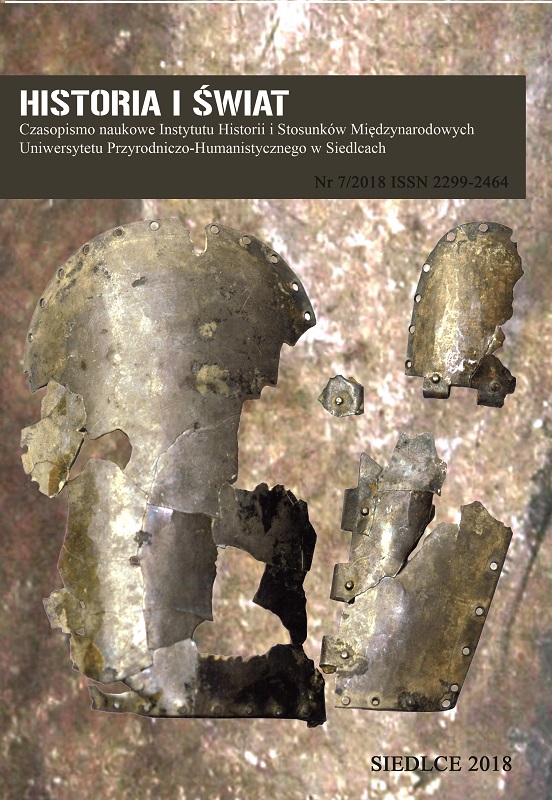The Kizil Caves as an terminus post quem of the Central and Western Asiatic pear-shape spangenhelm type helmets. The David Collection helmet and its place in the evolution of multisegmented dome helmets
DOI:
https://doi.org/10.34739/his.2018.07.09Keywords:
Helmets, Spangenhelme, Lamellar, Asia, Iran, Huns, Turkic Kaganate, China, Korea, Kizil CavesAbstract
Current paper consists of two main parts. In the first part the author discusses arms and armor presented in the Kizil Caves depictions, suggesting a datation of the two well-known caves, namely so-called Maya Cave and Cave of the Painter. In the second part of this paper the author discusses a helmet found in Iran and currently held in the David Collection, Copenhagen. On the basis of a detailed comparative analysis, the author puts forward a thesis of correlation between the lamellar and spangen pear-shape helmets dating the objects to late 6th beginning of the 7th century CE. Specifically, it is suggested that the David Collection helmet is a later evolution of such forms that was known in the late-Sasanian period.
Downloads
Downloads
Published
Issue
Section
License
Copyright (c) 2018 Historia i Świat

This work is licensed under a Creative Commons Attribution-NoDerivatives 4.0 International License.




